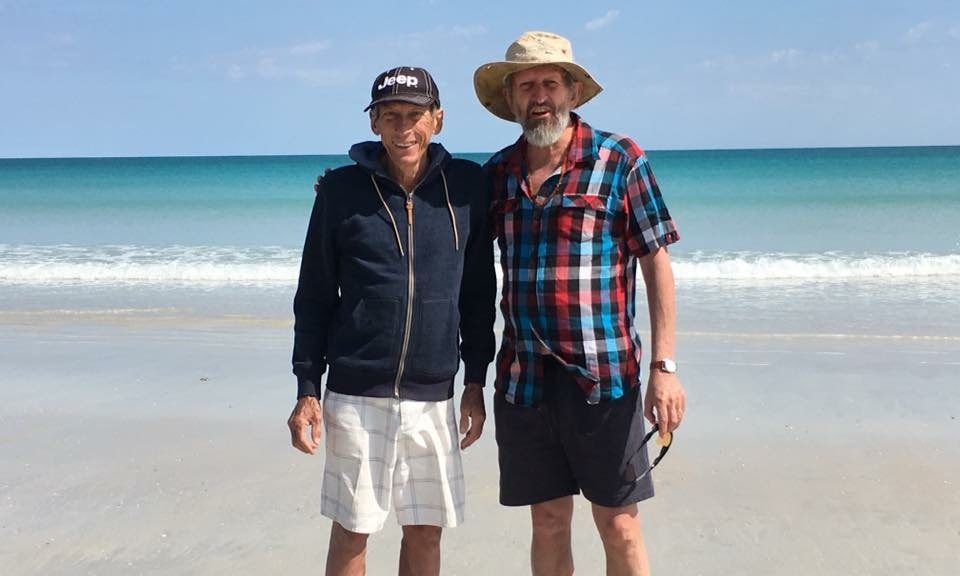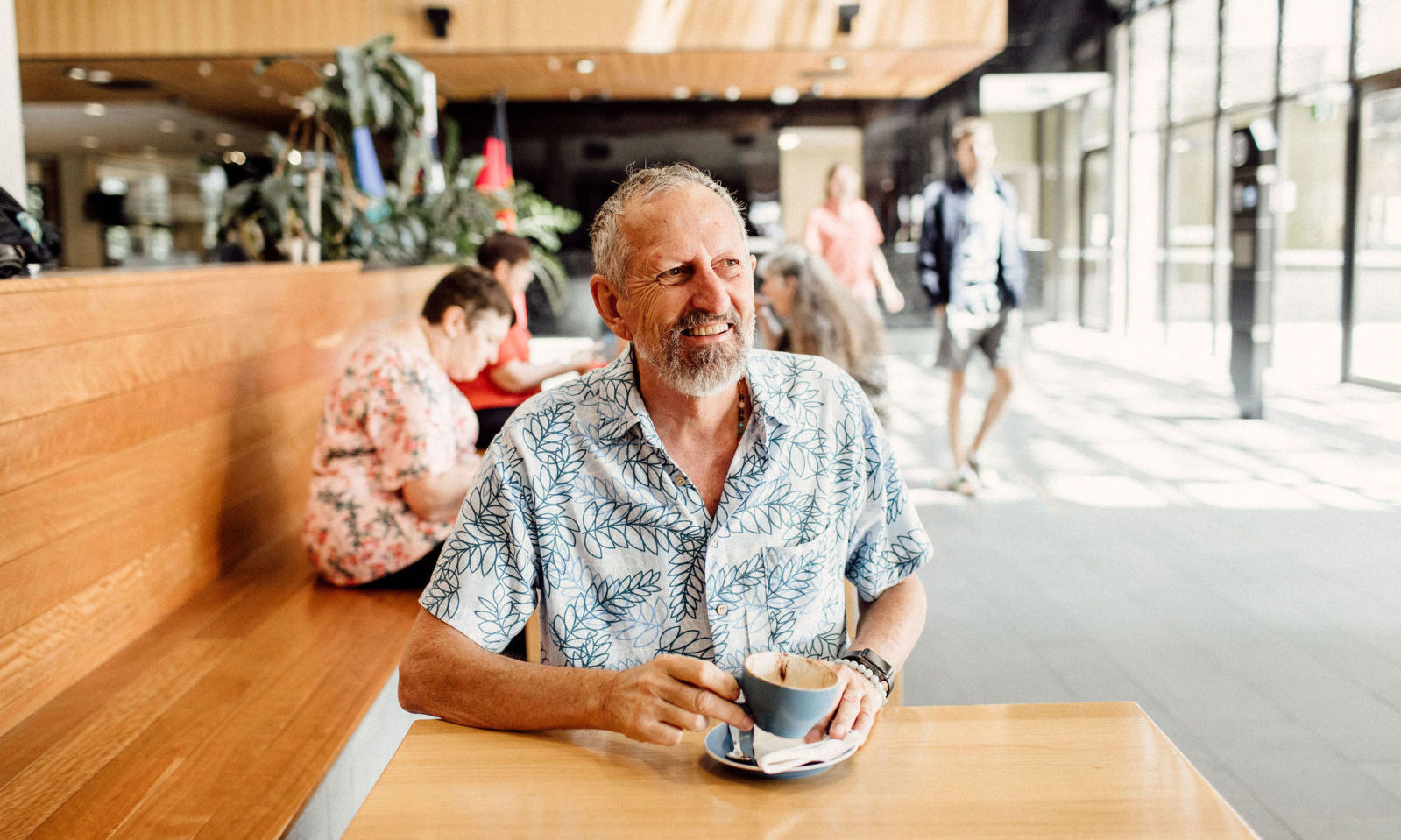Early diagnosis made the difference for Vince

One week before his brother’s formal diagnosis with familial amyloidosis in 2014, Vince O’Donnell discovered he carried the genes that predisposed him to familial amyloidosis polyneuropathy (now known as hereditary amyloidosis polyneuropathy) with cardiomyopathy.
These conditions were listed in a report from a genetic company in the U.S. that Vince received after he and wife, Terri, sent saliva samples to find out about their health and heritage.
“I looked at my test results and thought, God knows what that is. I don’t think I’ve got that,” said Vince.
The following week, after a heart biopsy, his brother, Laurie*, found out he had hereditary amyloidosis polyneuropathy. For years, he had been going to doctors about his breathlessness, carpel tunnel, pain, and peripheral neuropathy.
“Looking back, hindsight tells us our dad and grandmother had the amyloidosis gene,” said Vince, 64, of Queensland.
His only symptoms were being a little breathless, which he had put down to his age, and carpal tunnel syndrome, which he didn’t know was one of the first signs of amyloidosis.
Vince went to see his brother’s heart specialist, had an ECG, ultrasound and heart biopsy, and within a few weeks Vince had a formal diagnosis with familial amyloidosis as well.
Compared to his brother, Vince’s diagnosis was early. To slow development of his disease, Vince started treatment on diflunisal, and he continues to take the anti-inflammatory tablet twice a day. And, with his doctor’s blessing, Vince also takes green tea extract.

Vince “had some harsh decisions to make” after his diagnosis at the age of 59, and given his prognosis of approximately seven years.
He and Terri, who also has some health issues, decided to retire. They sold their house in Brisbane, bought a caravan and hit the road.
Over the intervening years, they have been house-sitting, often small properties with animals, and have travelled extensively in Australia and overseas.
“I know it [amyloidosis] is affecting me but I know I have a fair way to go yet,” said Vince, who sees his amyloidosis haematologist twice a year and his heart specialist on an annual basis.
“I’m on this journey and it’s a slippery slope, but I’m not sliding out of control. I know I’ll hit the bottom one day, but I’m hanging on.
“A combination of things has helped me get to where I am now. Retirement is one. Not going to work every day means there’s less stress. Early medication is two, as well as good family support particularly from my partner of 42 years, and a good diet.”
Vince says he feels pretty good, both physically and emotionally, but he does need a lot of sleep – 10 hours at night, and an afternoon rest.
* Laurie O’Donnell died in November 2017, three years after his diagnosis. Vince’s other sibling, Steve, does not carry the genes for hereditary amyloidosis (County Donegal strain) and none of Vince’s three children do either.
Useful links:
AAN website
Amyloidosis Australia Support Group